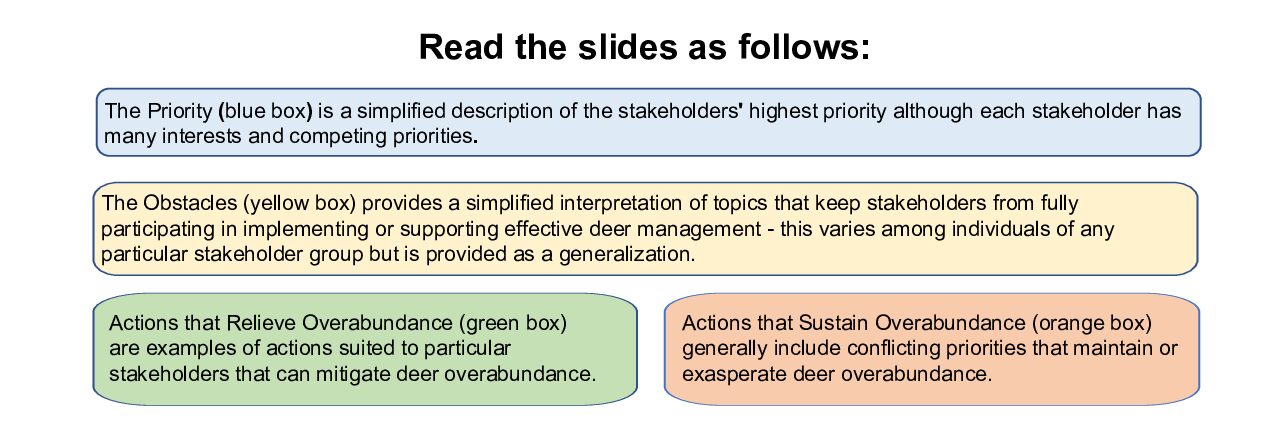Deer Management
Hunting Season: September 9th 2024 through February 17th, 2025.
Hunting occurs Tuesday through Saturday from September 14, 2024 to February 15, 2025. Hiking is allowed on preserves with trails during bow hunting. Please wear blaze orange and stay on the trails for safety or keep your visits to Sunday and Monday, when there is no hunting. All preserves are closed on Monday December 2 and Monday December 9. Preserves will also be closed on certain dates for gun hunting, check individual preserves for closure dates.
| Arena | Dates | Map |
| Baldpate / Fiddlers Creek Preserve | Dates | Map |
| Brown | Dates | Map |
| Elks | Dates | Map |
| Franz | Dates | Map |
| Harbourton | Dates | Map |
| Heritage | Dates | Map |
| Lawrence | Dates | Map |
| Marshall’s Corner (Thompson) | Dates | Map |
| Mount Rose | Dates | Map |
| Nayfield | Dates | Map |
| Nexus | Dates | Map |
| Perkins | Dates | Map |
| Skyview | Dates | Map |
| Walker | Dates | Map |
| Woodsville (Eames) | Dates | Map |
| Woolsey Park | Dates | Map |
| Woosamonsa | Dates | Map |
Every spring, FoHVOS and the NJDEP use spotlights to count the number of deer visible from roads in the Hopewell Valley. Each year, estimates are over 10 times an ecologically sustainable population size, demonstrating that Hopewell has an overabundance crisis. Overabundance leads to poor herd health, damage to agricultural, landscape, and wild plants, and increases in deer-vehicle collisions and Lyme disease.

FoHVOS implements deer management programs (DMP’s) on our preserves. Forest Health Monitoring has showed improvement in wild plant communities since implementing deer management programs, but we still have a long way to go to meet our forest health goals.

Managing deer overabundance is a complicated objective. We are all stakeholders, each with our own priority, obstacles, and choices.
What can you do?—Managing deer overabundance is a complicated objective. We are all stakeholders, each with our own priority, obstacles, and choices.
Deer Overabundance: Stakeholders, Obstacles, and Decisions
As cohabitants with wildlife in our community, we are all stakeholders when one species becomes overpopulated. The overabundance of deer in our communities affects us all. Friends of Hopewell Valley Open Space created these slides in order to increase awareness of, and better understand, the complicated issue of deer overabundance and how all stakeholders impact and are impacted by this issue.
The slides visually represent the categories of behaviors for each key constituency which directly impact deer overpopulation: priorities, obstacles, and decisions. Each either relieves or sustains deer overabundance. All of us have created the deer overpopulation problem in how we live and utilize the land. It is our hope that by gaining a better understanding of the consequences and motivations of our behaviors, all stakeholders will be better equipped to do their share to alleviate the results of extreme deer impacts including deer-vehicle collisions, Lyme disease, agricultural losses, landscape planting losses, and degradation of natural areas.

Stakeholders
- Landowners
- Agricultural Community
- Government, Industry, & Advocates
- Hunting Community
- General Public
Download the full slide series here.
Resources for Deer Management
Deer Management in the Hopewell Valley
Links to Learn More
- Managing White Tailed Deer in Forest Habitat: A Pennsylvania Case Study
- USDA Forest Service – Forest Nobody Knows
- Impacts of Deer in Pennsylvania
- Acceleration of Exotic Plant Invasion in a Forested Ecosystem by a Generalist Herbivore
- Testimony on the Health Effects of Lyme Disease, Kirby Stafford, Connecticut State Entomologist
